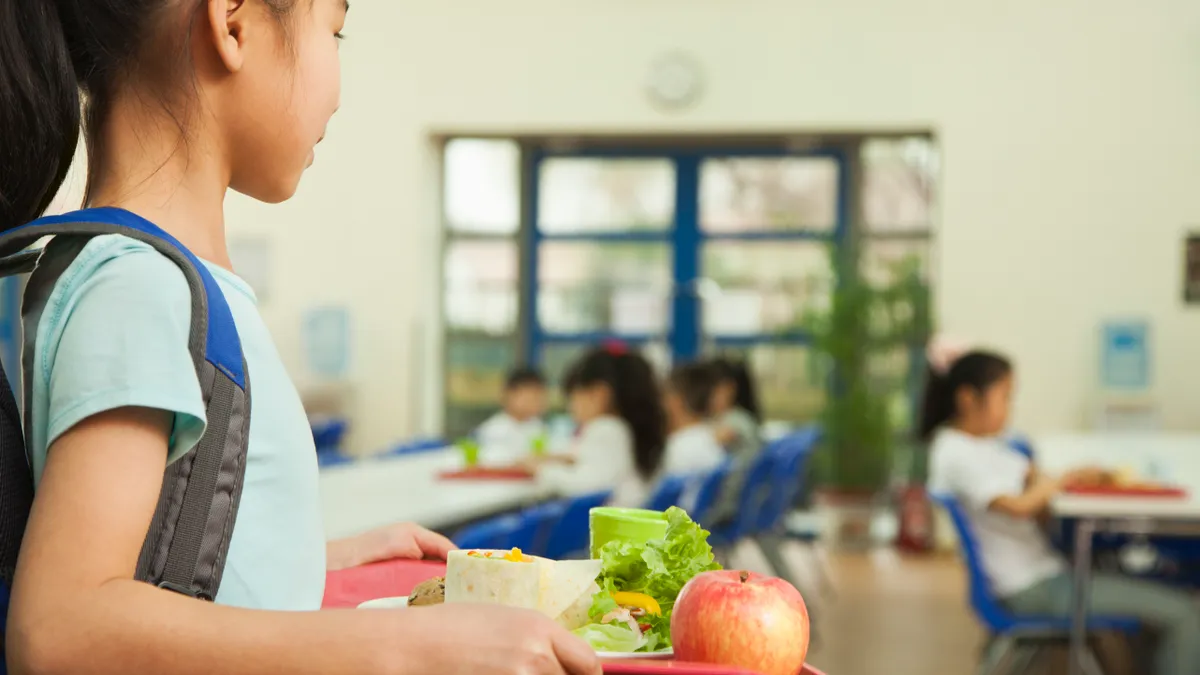Dive Brief:
- After efforts to secure free meals for all students statewide failed to pass Minnesota’s state legislature this year, the state has now been approved by the U.S. Department of Agriculture to automatically enroll or re-enroll more than 200,000 students on Medicaid for free meals for the 2022-23 school year under a pilot program.
- Of the students newly eligible for direct certification through Medicaid, about 90,000 are not currently enrolled for free meals. These students have always qualified, but are now automatically enrolled. Minnesota is also one of eight states included in USDA's direct certification pilot program for the 2022-23 school year.
- “This is a huge win for Minnesota families and schools,” said Minnesota Gov. Tim Walz in a statement. “This project means fewer children will go hungry at school next year, and we know that’s the number one way we can help students succeed.”
Dive Insight:
For Foley Public Schools in Minnesota, direct certification will increase the number of students receiving free meals by 150%, from 200 to 500 students, said Cheryl Pick, the district’s child nutrition services director. The district enrolls about 1,900 students total.
Other districts in the state have reported even higher increases of up to 300%, said Pick, who is also the president of the Minnesota School Nutrition Association.“It’s a game changer for a lot of districts,” Pick said.
Districts nationwide were used to serving free meals to all students for the past two years, but the congressional meal waiver authorizing universal free meals expired June 30. Consequently, some districts are scrambling to get families adjusted to paying for school meals once again.
Three states — California, Maine and Vermont — are continuing their own statewide universal meal programs.
Now is a difficult time for a lot of families to go without free school meals, said Leah Gardner, policy director at Hunger Solutions Minnesota, which is advocating for universal school meals in the state.
“Prices have gone up on everything, so many more families we know are struggling with food insecurity overall, and school meals are going up in a lot of districts, they’re going to be costing more,” Gardner said. “It’s difficult that we were not able to do something to ease that pain this year.”
Hunger Solutions Minnesota helped the state apply for the direct certification program, which Gardner called a meaningful step in the right direction.
At the same time, the students identified and streamlined to automatically receive the free meals were always eligible, she said. Thus, the needle hasn’t moved to address the gap of families that need help but still don’t meet the income threshold to be eligible, Gardner said.
“It’s really still working within limited programs,” Gardner said. “The poverty metrics that are baked into all of this are far too low for the reality of what it takes to make ends meet in Minnesota.”














